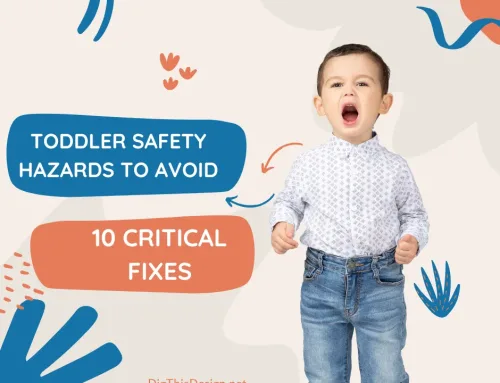Home improvement projects are something that we all have to contend with, whether you are renting a property or have just bought your first home, there are some common defects the average home may have. What’s important is knowing what to look for and fixing it quickly in order to keep the structural integrity of your home.
Here is a checklist of home improvement tasks to evaluate that can not be put on the back burner because down the road the damage could snowball:
5 Home Improvement Projects that Cannot Wait

Poor Drainage
If you have poor drainage around the outside of your home, it can lead to water intrusion in crawl spaces, garages, and basements. And this can be a big issue when it comes to the foundations of your home, not to mention causing a lot of problems with mold, which can be difficult to get rid of down the line. It may be beneficial in this respect to get a basement repair company to waterproof your basement or fix areas that need urgent attention. I recommend adding this to your home improvement list personally to have a good look at the drainage system yourself, and see if there are any things you can address yourself first. This will give you a good idea of what you need when the licensed contractor comes to speak with you about it. It is always good to do a little research on any home improvement project upfront because knowledge is golden when getting estimates.
Rotting Wood
Wood will tend to rot if it’s exposed to excessive moisture over a long period of time. The first thing you need to do is to undertake a thorough inspection of the most vulnerable areas to moisture, this includes the kitchen and the bathroom. It’s also important to look around the toilet seats, the bathtub, and the corners of your floor. Once you’ve taken inventory of water damage it’s important to determine if the leak has been fixed before you proceed in fixing the damaged wood. You would hate to redo something only for the problem to continue over and over again. Once you think the leak is fixed, check it by doing a moisture test. Once you get a reading then proceed with getting a couple of estimates for the job.
Insufficient Household Repairs
This is something you definitely need to check if you are moving into a new home. A lot of people will try to fix common household issues, such as plumbing or electrical problems, by themselves rather than calling in professionals. This will result in an unsafe home, but also they are more likely to fail building codes. You may want to check with your housing agency or have a professional look at it, such as a home inspector before you move in. So you get a good idea of what you may need to get fixed to make sure your home is safe and livable.
Poor Ventilation
If you find a home doesn’t have the means to ventilate properly, the moisture builds up and will cause problems such as mold, as well as make it very uncomfortable for you to live in if you have breathing problems like asthma. You need to make sure that the loft room is ventilated properly, not just make your home more comfortable, but also to make sure that the roof doesn’t suck in moisture. An evaluation by an HVAC contractor might be a good way to evaluate your needs.
Health Hazards
This depends on how old your property is, but there were fewer building restrictions many decades ago. As a result, your home may have lead-based paints, carbon monoxide, Radon or even something as dangerous as asbestos. If you suspect your home has any of these, you need to have it evaluated by a professional like an asbestos abatement contractor and get these fixed as a priority!
Moving into a new property when you’ve never had to deal with the structural side of things can be a lot to take in, but if you keep an eye out for a few of these defects, it will make your home a much safer place to live in.
Images Courtesy of Canva.
Other posts you might enjoy:
Winter Home Improvements: 5 Easy Tips
5 Home Improvement Tips for the Most Impact





